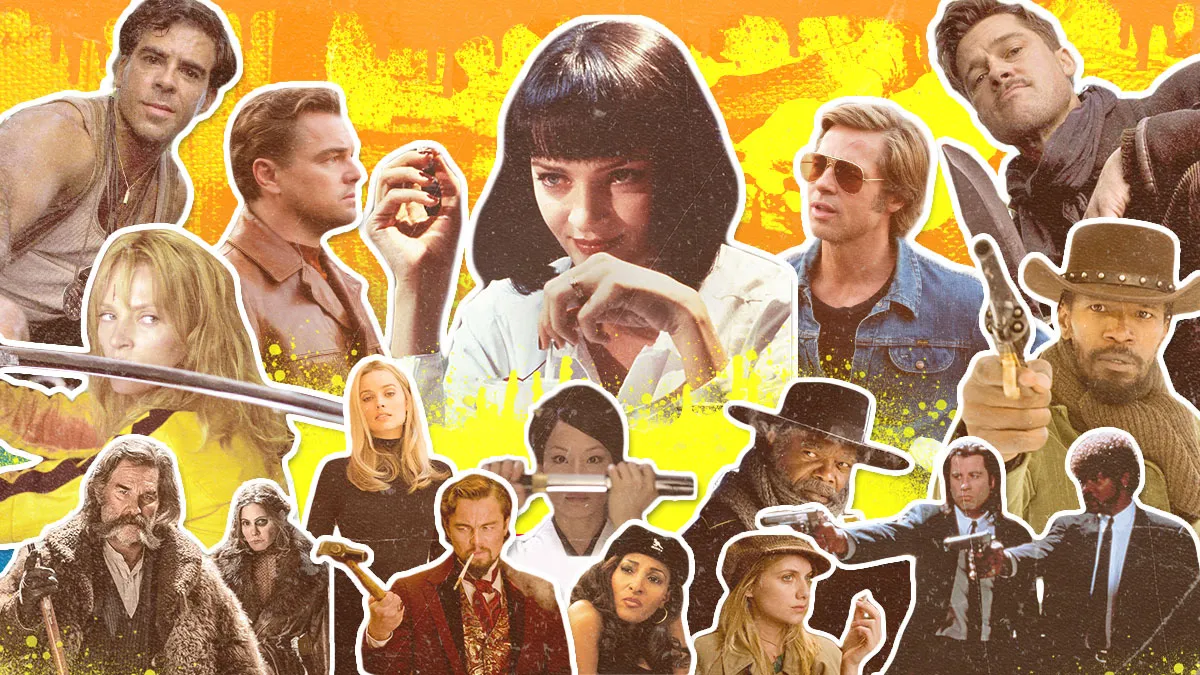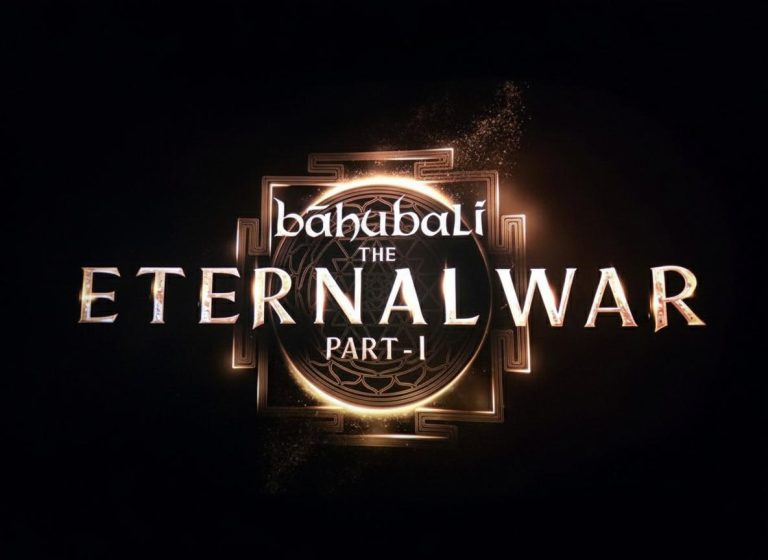One of the most significant directors of contemporary cinema, Quentin Tarantino, is renowned for his bold stories and profound understanding of cinematic history.
His works frequently combine aspects from many genres to create a distinctive style that stands out in Hollywood. Regardless of your level of familiarity with Tarantino’s work, his filmography has something for everyone.
Let’s have a journey through his best works.
-
Pulp Fiction (1994)
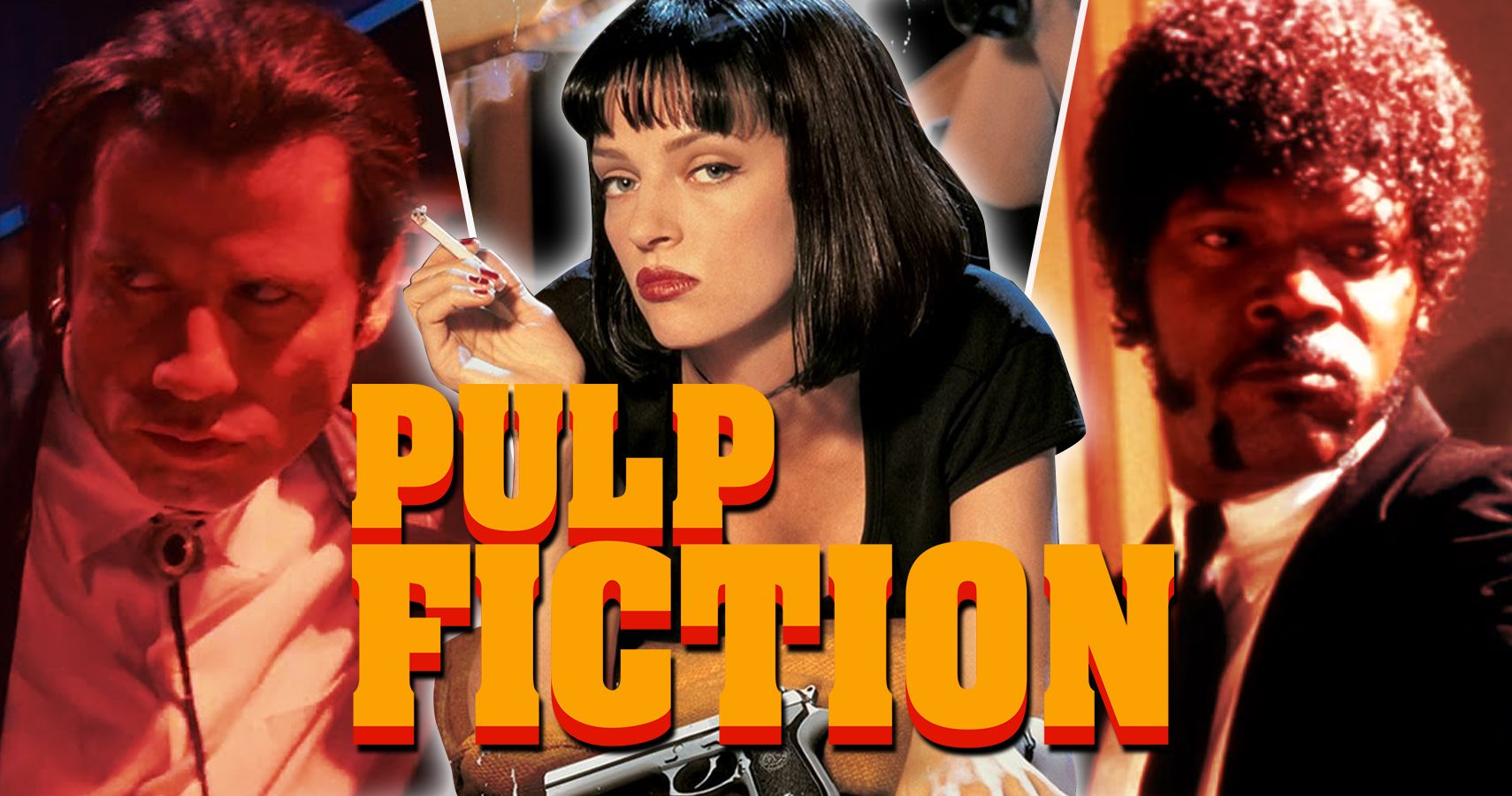
Source: CBR
Pulp Fiction is frequently the first movie people think of when they think of Quentin Tarantino. Tarantino’s magnum opus is a cultural phenomenon that continues to inspire filmmakers and enthralls audiences.
It is an innovative film that revolutionized the 1990s film industry. The movie covers interrelated stories about a boxer, hitmen, and the wife of a mob leader. What sets it apart is its nonlinear narrative structure, which weaves these stories together in unexpected ways.
From the humorous and philosophical Jules Winnfield to the mysterious character of Mia Wallace, The characters are vividly written. Pulp Fiction stands as an essential watch for every film enthusiast, whether you’re beginning or are already a seasoned viewer, It doesn’t matter.
-
Reservoir Dogs (1992)
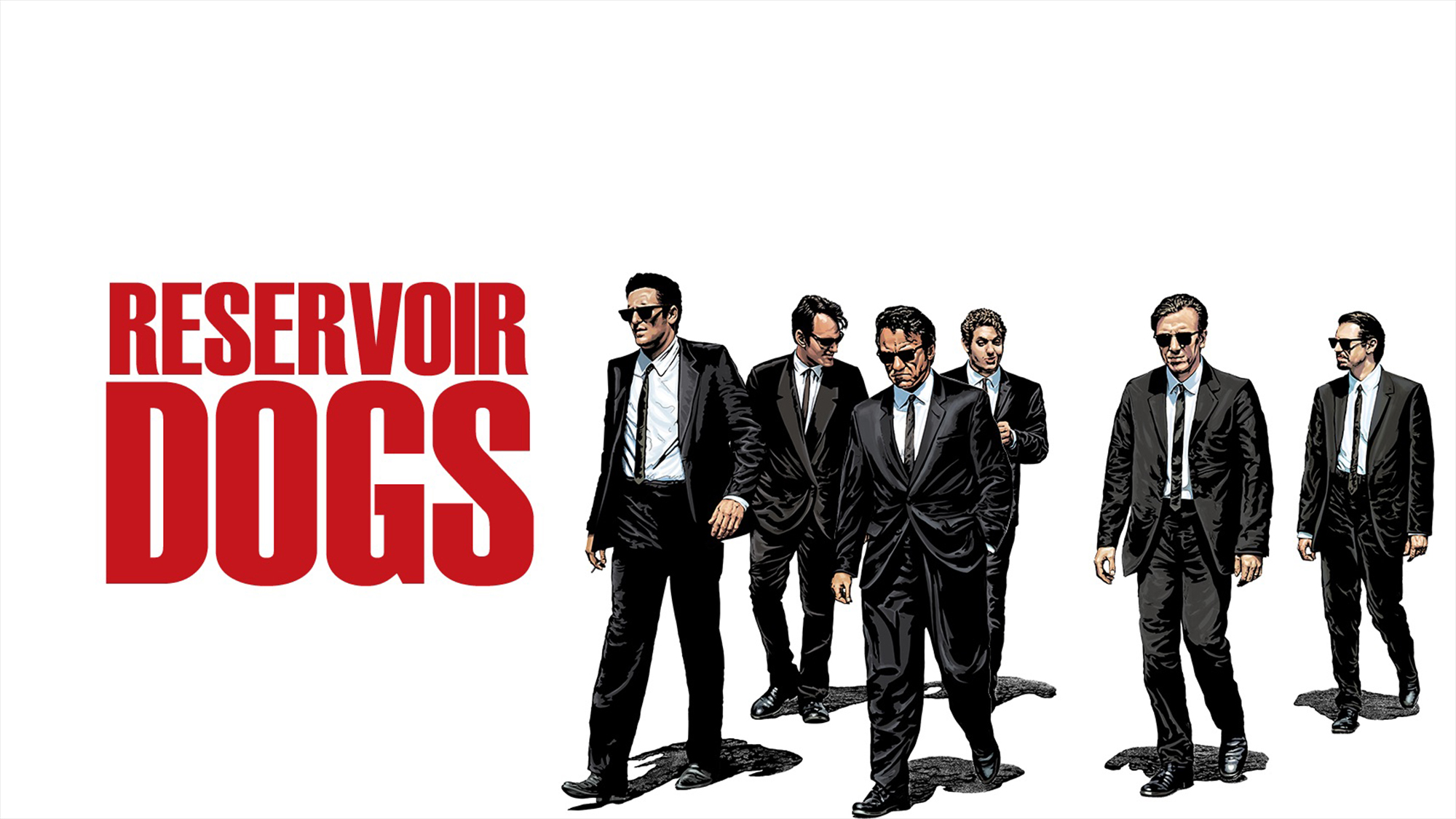
Source: wall.alphacoders.com
Reservoir Dogs was Tarantino’s first feature film, and it immediately set the tone for his career. The movie revolves around a heist gone wrong, but instead of focusing on the crime itself, it delves into its aftermath.
What makes Reservoir Dogs unique is its minimalist approach. Much of the story takes place in a single location, allowing the dialogue and character dynamics to drive the narrative.
-
Kill Bill Volume 1 & 2 (2003, 2004)
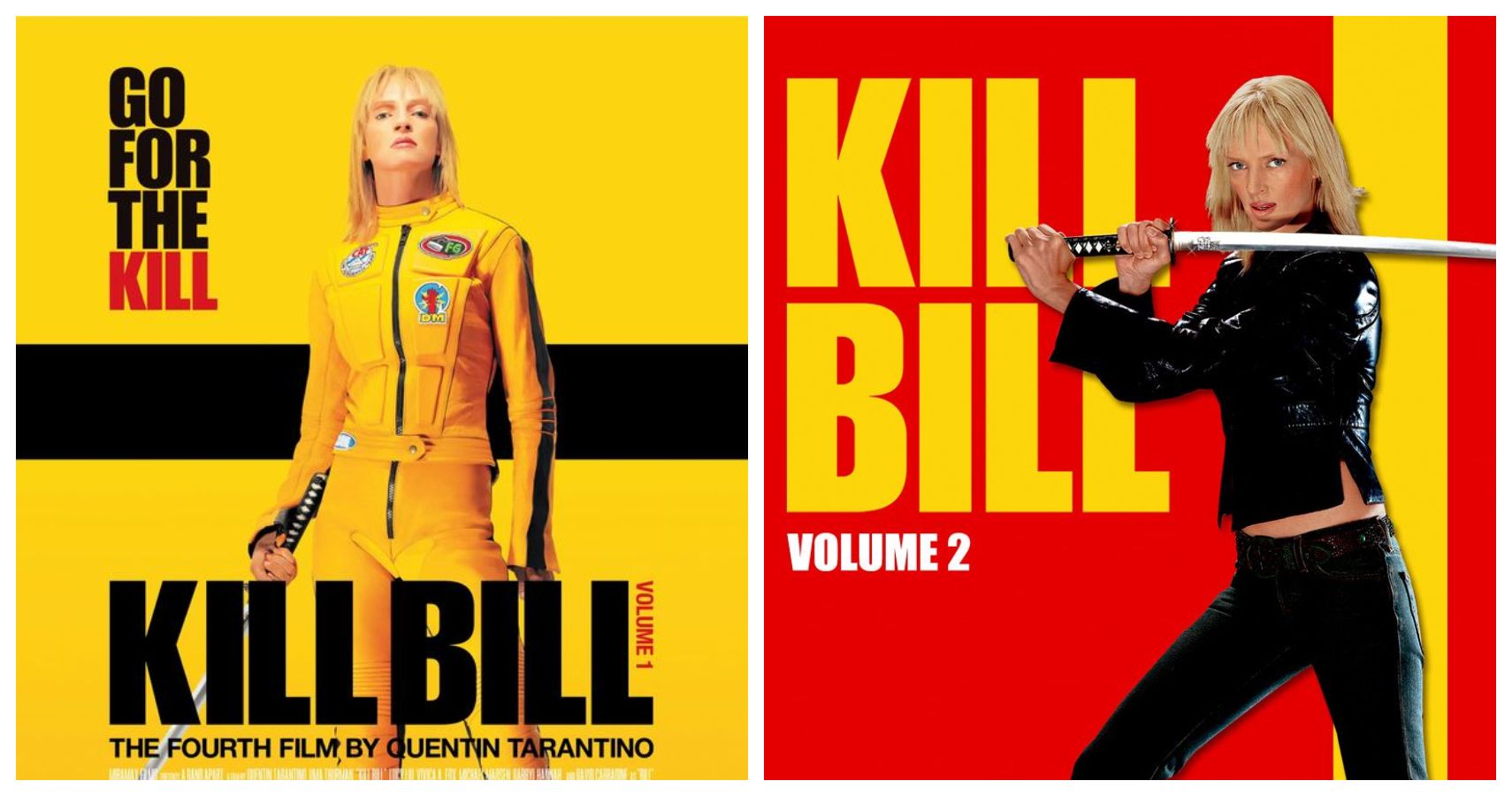
Source: Screen Rant
Kill Bill is a two-part saga that showcases Tarantino’s passion for genre cinema. The story follows The Bride, played by Uma Thurman, an assassin who wants to get revenge on her previous crew after they abandon her. Despite having rather distinct tones and styles, the two movies successfully complement each other.
The first volume is an action-packed, fast-paced show with amazing visuals and martial arts fights. One of modern cinema’s most ambitious and artistically stunning battle scenes is the House of Blue Leaves scenario, in which the bride fights dozens of foes.
In contrast, the second volume slows down to emphasize the story’s emotional depth. Illuminating the characters’ motivations and pasts gives the vengeance storyline more depth. Together, Kill Bill exhibits Tarantino’s skill at fusing a meaningful plot with stylish action.
-
Inglourious Basterds (2009)

Source: Hollywood Suite
Inglourious Basterds is Tarantino’s take on World War II, but it is far from a conventional war movie.
The film weaves together the tales of a young woman named Shosanna who seeks revenge after the Nazis kill her family and a squad of Jewish-American troops headed by Lt. Aldo Raine.
-
Django Unchained (2012)

Source: Prime Video
With his trademark storytelling approach, Tarantino pays tribute to the Western genre in Django Unchained. Set in the antebellum South, the movie centers on the character Django, a former slave who joins forces with Dr. King Schultz, a bounty hunter, to save his wife from a cruel plantation owner.
The film explores themes of justice and vengeance, presenting a protagonist who fights against the systemic oppression of his time. The film combines its heavy topics with moments of humor and action, resulting in a fascinating and compelling picture.
-
Once Upon a Time in Hollywood (2019)

Source: Prime Video
In Once Upon a Time in Hollywood, Tarantino takes a reflective approach, crafting a film that pays tribute to the Hollywood of the late 1960s.
The story follows Rick Dalton, a fading television actor, and Cliff Booth, his stunt double, as they navigate the changing entertainment industry. At the same time, the film weaves into the real-life events surrounding the Manson Family and the murder of actress Sharon Tate.
The film captures the atmosphere of the era, from its detailed set design to its soundtrack, which features hits from the era. Leonardo DiCaprio and Brad Pitt deliver compelling performances, portraying a friendship that is both humorous and sincere.
While the movie’s pace is slower than that of any of Tarantino’s other works, its final act delivers a shocking twist on history. Once Upon a Time in Hollywood is a mature and nostalgic addition to Tarantino’s filmography, offering a different perspective on his storytelling.
The Final Note
Quentin Tarantino’s movies combine entertainment, creativity, and homage to the art of filmmaking. Because of his distinct writing and directing style, everyone is worth seeing.
Whether it’s the cultural impact of Pulp Fiction, the intensity of Reservoir Dogs, or the genre-bending style of Kill Bill, his works offer something for both newcomers and his die-hard fans.

